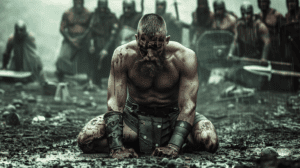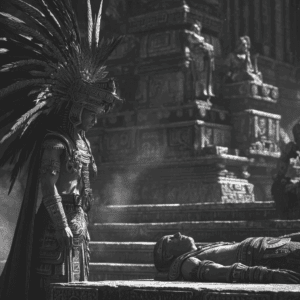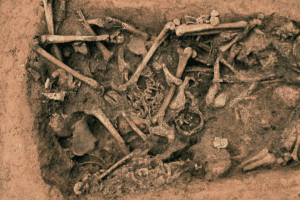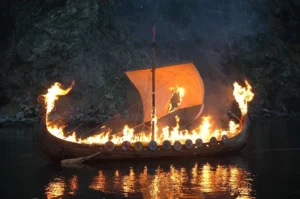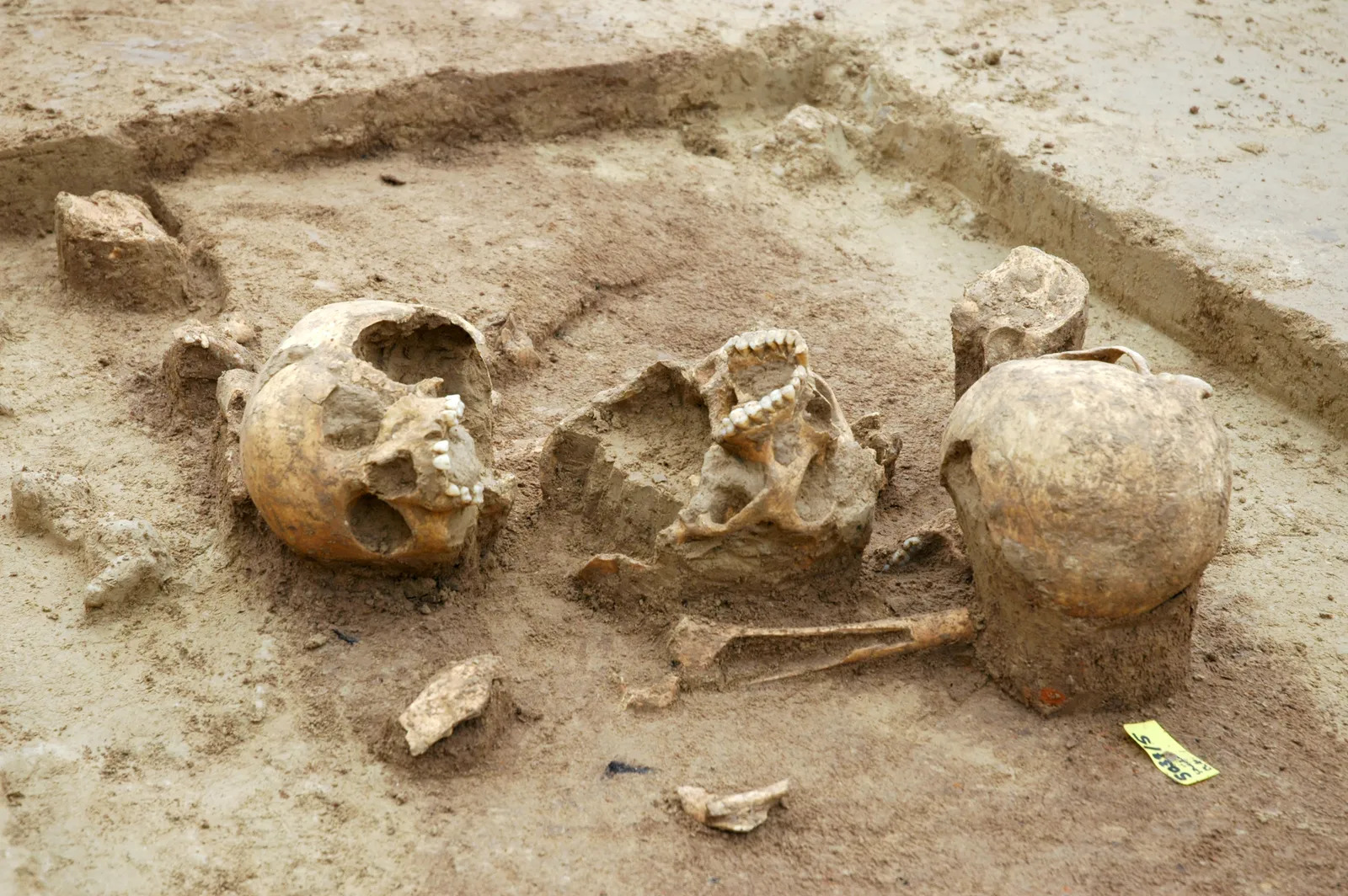
Herxheim - Schädelkonzentration.
Seven thousand years ago, in what is now Southwest Germany, a settlement began to take shape. This was no ordinary Linear Pottery culture village of bustling longhouses and peaceful farmers. Beneath its soil, the bones of the dead would one day reveal chilling warnings of an ancient darkness. For this village, the future would be stained with blood. Thousands of years later, archaeologists would uncover not only remnants of daily life but also evidence of something truly monstrous. A cannibal village.
Herxheim was more than just a settlement for prehistoric people. It was a site where ritual and violence intertwined, revealing a chilling reality. Here, the consumption of human flesh was not a nightmare but a part of everyday existence. As archaeologists unearthed the site, the true story of Herxheim began to emerge.
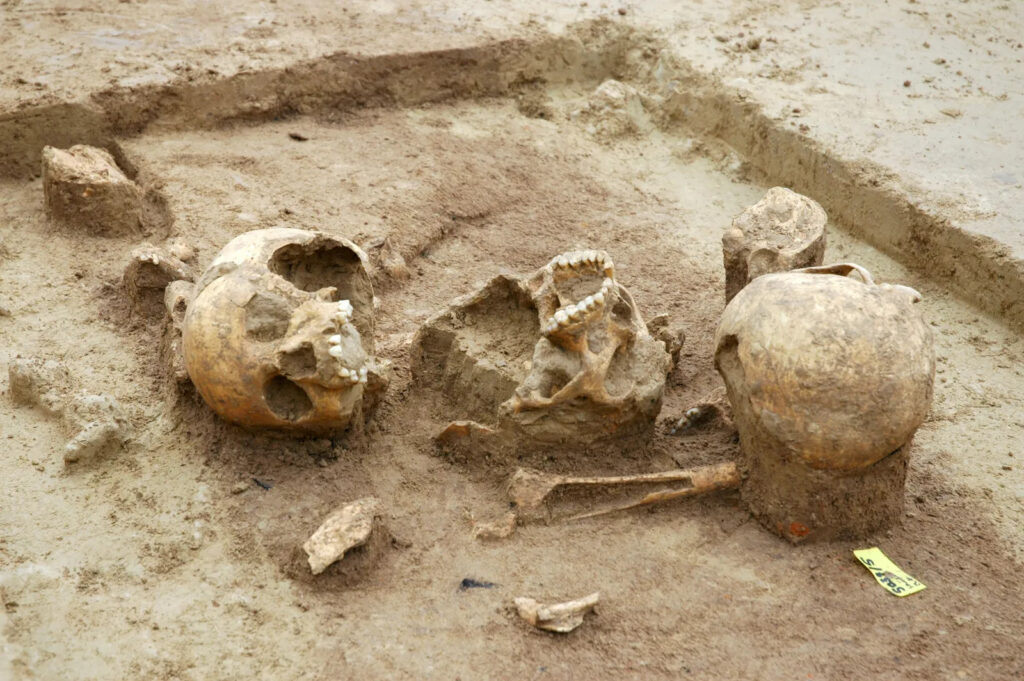
A Cannibal Village Unearthed
Excavations at Herxheim began in the 1990s, revealing discoveries that were not just extraordinary but nightmarish. Beneath the soil, archaeologists uncovered hundreds of human skulls and skeletal remains deliberately arranged in large pits, as if offerings to an ancient, unseen force. However, the bones were far from intact; they had been carefully broken, split, and shattered by people skilled in dismantling bodies. Each bone told archaeologists that something horrific had occurred here thousands of years ago.
As the archaeologists uncovered more bones, a striking pattern became clear. The skeletons bore deep, deliberate cut marks on the skulls, ribs, and long bones. It was evident these individuals had endured brutality that still shocks us today. The bodies had been expertly defleshed, skulls pried open, and marrow extracted from the shattered bones. This was no chaotic aftermath of battle or revenge attack—it was cold, methodical, and ritualistic.
Ritual or Survival?
But why? Why did people exactly like us in appearance act like this?
Some archaeologists believe that the bones found at Herxheim provide compelling evidence of cannibalism. It is chilling to imagine that the villagers once consumed the flesh and marrow of other humans. Researchers examining the remains observed that the cut marks were remarkably precise, matching those seen on animal bones during butchering. Yet, these marks were found on human bones.
This astonishing idea blurs the boundary between food and family. The horror lies not only in the act itself but also in the archaeological evidence revealing it was not an isolated event. Yet some scholars struggle to accept that our ancestors could have committed such acts. Instead, they attempt to rationalize it: perhaps the flesh was removed for ritual purposes. While possible, the removal of marrow raises doubts about that explanation.
Then, there is the sheer scale of Herxheim. Over 500 individuals have been excavated. It includes men, women, children, even the tiniest infants. They all had their bodies broken, skinned, and offered to the earth.
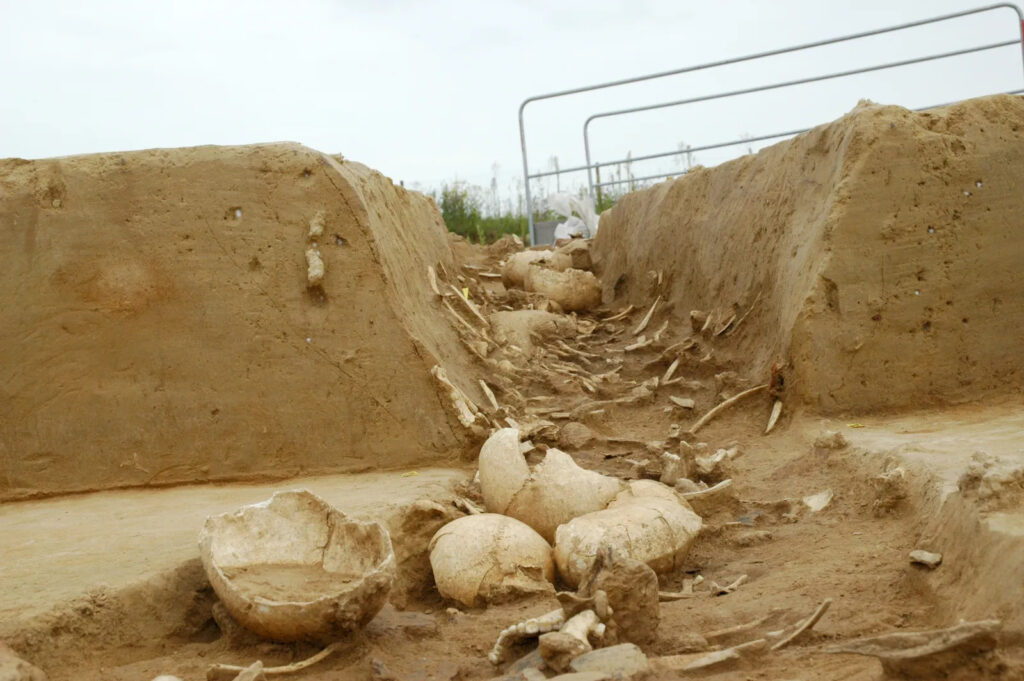
The Brutal Secret
If you were able to travel back in time to the Neolithic and visit Herxheim, what would you see?. A longhouse would stand before you, perhaps covered in mist with a cold wind blowing through the village. Several other longhouses would fill your vision, the smell of woodsmoke drifting through the air.
Then, you see a man being pushed forward. But this is no priest about to perform a sacred ritual to appease the gods. This man is the sacrifice. Does he feel fear? Is he aware of his impending fate? We can only imagine the thoughts racing through his mind. What he could never know is that his bones will be broken, his skull crushed, and his remains scattered among hundreds of others. In Herxheim, life did not conclude with a dignified burial but with the brutal dismantling of the body.
Here is the terrifying secret of prehistoric sacrifice: the villagers were both participants and victims.
The Archaeological Evidence of Cannibalism
Herxheim’s pits reveal a haunting tale. As the excavation progressed, archaeologists grew accustomed to uncovering increasing numbers of human remains. While unearthing a single skeleton is common for archaeologists, the overwhelming scale of these findings stunned even the most experienced experts.
So, what did they find?
Broken skulls from humans of all ages reveal deliberate cut marks, showing they were intentionally opened to access the brain. Longer bones were carefully split lengthwise, with the marrow expertly removed thousands of years ago. Inside the bones? Nothing left but the empty cavity.
In what must have been part of the ritual, jawbones and teeth had been collected and put together in their own pile.
Yet it wasn’t only human bones that were discovered. The remains of various animals were dispersed over the entire site. It was a feast for all tastebuds.
However, this was not a single event. Layers of remains suggest repeated episodes of killing and deposition over time. The villagers of Herxheim had a taste for blood.
The Horror Unmasked
What could compel an entire community to commit such acts? As we examine the evidence before us, we cannot help but feel shock and revulsion toward the actions of our ancestors. Yet, the Neolithic era was vastly different in ways beyond our imagination. Instead, we must turn to the clues unearthed from the earth itself to start reconstructing how these prehistoric people lived.
What stands out clearly to me is the significance of ritual sacrifice. These human remains were not the result of anger or warfare. Instead, great care was taken in the dismemberment and removal of flesh. Even the precise splitting of bones to extract marrow was expertly executed. The brutal marks on the bones reflect intentional, meaningful actions, suggesting that these individuals were likely offerings to the gods or ancestors of the village.
Regarding the cannibalism, some argue that the villagers were not malevolent individuals who consumed human flesh purely for pleasure. They suggest that famine or some crisis drove them to mass cannibalism. However, this argument faces a significant problem. There is no archaeological evidence indicating starvation. Instead, the patterns in how the bones were cut and arranged point to ritualistic practices. This was a deliberate act, not a desperate measure for survival during famine. Something far darker and more unsettling was unfolding at Herxheim, concealed for thousands of years.
Whatever the truth, Herxheim is a site that stands out on its own. Few other prehistoric sites in Europe show such systematic and large-scale human butchery.
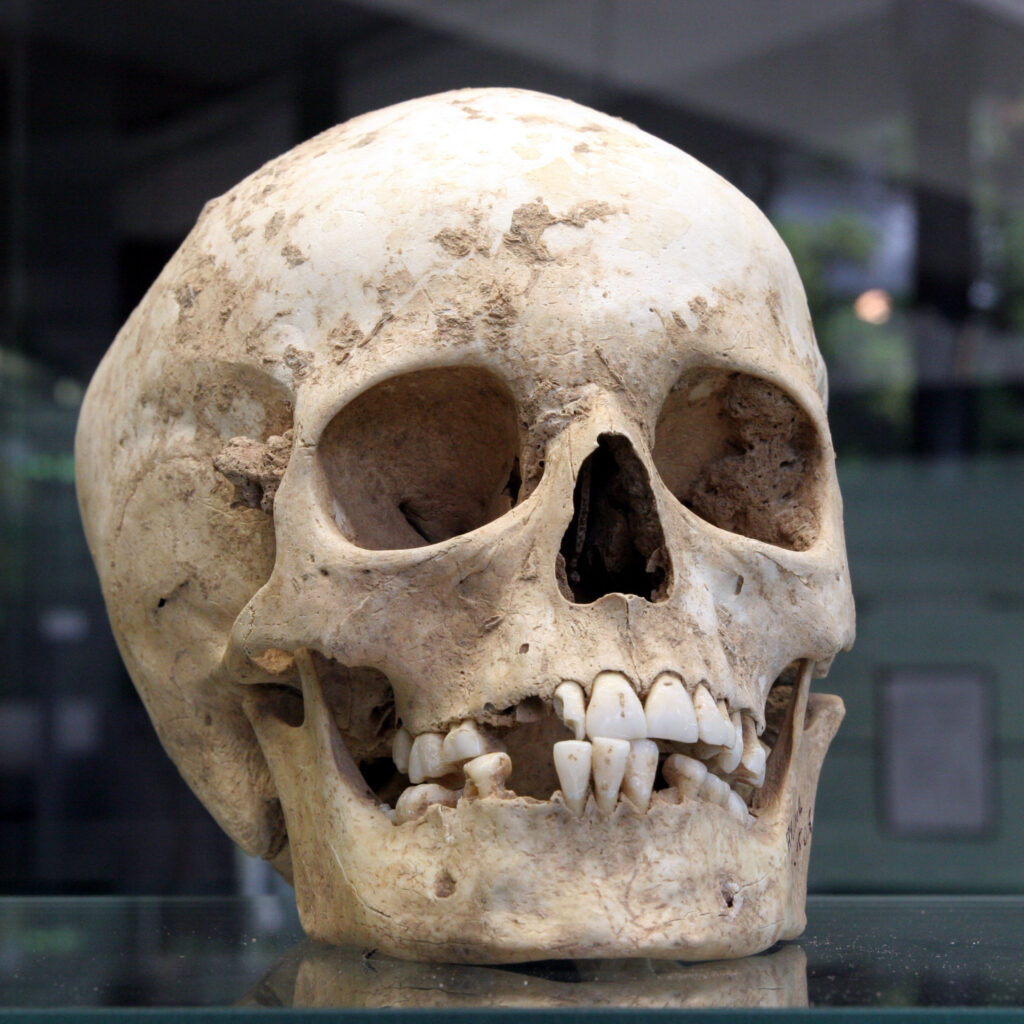
The Depths of Terror
It’s easy to see these people as alien, distant. But the bones at Herxheim confront us with a harsh truth: they were human. Their screams echoed, their blood was spilled, their bodies shattered but not erased, but transformed into a ritual of remembrance.
Standing in the pits today, you can still imagine the flicker of firelight, the silence after the blow, the weight of a community consuming itself. The blood trickling down through the soil and its metallic smell filling the air.
Why Herxheim Matters
Archaeology does not only uncover the beauty of the past — temples, tools, and art. Sometimes it uncovers its darkest truths. Herxheim forces us to confront the capacity for violence and ritual embedded in human culture from its earliest days.
For an archaeologist, this site is a riddle. For a horror writer, it is a nightmare already written in bone.
And perhaps that is Herxheim’s greatest legacy: a reminder that horror is not an invention of fiction, but a truth carved into our history.

